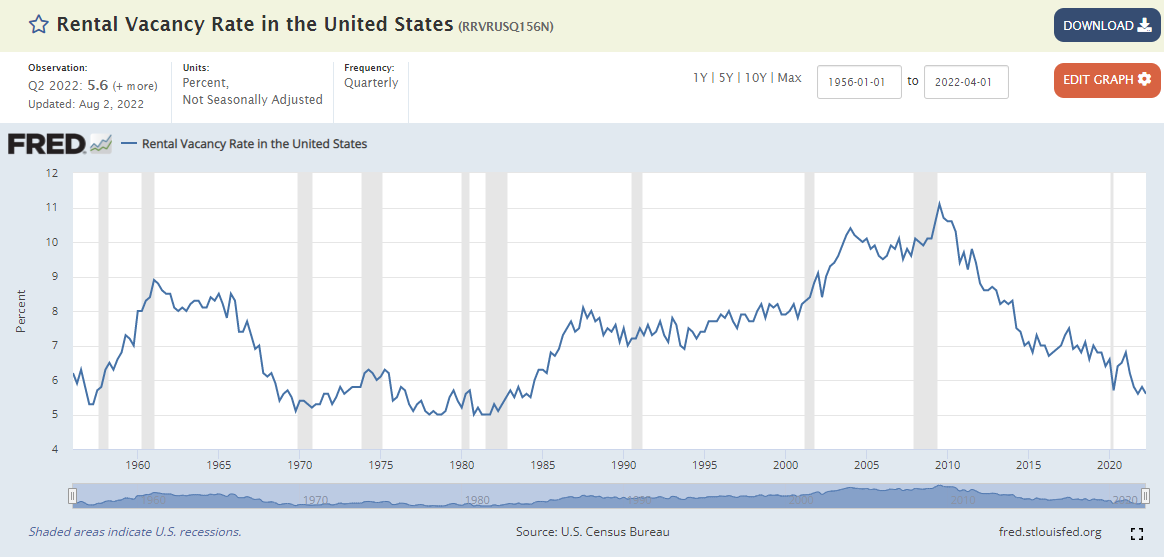[ad_1]
Vital Statistics:
| Last | Change | |
| S&P futures | 3,893 | 20.25 |
| Oil (WTI) | 85.80 | 1.34 |
| 10 year government bond yield | 3.55% | |
| 30 year fixed rate mortgage | 6.34% |
Stocks are higher as we await the Fed decision. Bonds and MBS are up.
The Fed decision is slated to come out at 2:00 pm EST. The market consensus is that they will hike the Fed Funds rate by 75 basis points. Since this is a September meeting, we will also get a new dot plot and a fresh set of economic projections. The decision probably won’t be the driver of the market’s reaction – the dot plot will. The focus will be on how long the Fed keeps rates elevated before cutting them. As of now, the Fed Funds futures see the Fed begin to cut rates in mid-2023. If the dot plot shows them keeping rates elevated all through 2023 and into 2024, the market will probably take that negatively.
Mortgage applications rose 3.8% last week as purchases increased 1% and refis rose 10%. This is surprising given the move up in rates, but comparisons versus the holiday-shortened Labor Day week could be the reason. Mortgage rates continue to march higher.
“Treasury yields continued to climb higher last week in anticipation of the Federal Reserve’s September meeting, where it is expected that they will announce – in their efforts to slow inflation – another sizable short-term rate hike,” said Joel Kan, MBA Associate Vice President of Economic and Industry Forecasting. “Mortgage rates followed suit last week, increasing across the board, with the 30-year fixed rate jumping 24 basis points to 6.25 percent – the highest since October 2008. As with the swings in rates and other uncertainties around the housing market and broader economy, mortgage applications increased for the first time in six weeks but remained well below last year’s levels, with purchase applications 30 percent lower and refinance activity down 83 percent. The weekly gain in applications, despite higher rates, underscores the overall volatility right now as well as Labor Day-adjusted results the prior week.”
Another sign that the housing market is cooling: we are seeing rent growth begin to slow. “July marked the third month of slower annual gains in single-family rents,” said Molly Boesel, principal economist at CoreLogic. “However, higher interest rates this year increased monthly mortgage payments for new loans, and potential homebuyers may choose to continue renting rather than buy, helping keep price increases in check.” While rental inflation is slowing, vacancy rates remain extremely low.
Existing home sales slipped 0.4% in August and are down 20% compared to a year ago. The median home price rose 7% to $389,500. “The housing sector is the most sensitive to and experiences the most immediate impacts from the Federal Reserve’s interest rate policy changes,” said NAR Chief Economist Lawrence Yun. “The softness in home sales reflects this year’s escalating mortgage rates. Nonetheless, homeowners are doing well with near nonexistent distressed property sales and home prices still higher than a year ago.”
Housing inventory remains low, with 1.28 million units. This is a 3.2 month supply, which indicates a tight market. “Inventory will remain tight in the coming months and even for the next couple of years,” Yun added. “Some homeowners are unwilling to trade up or trade down after locking in historically-low mortgage rates in recent years, increasing the need for more new-home construction to boost supply.”
Days on market came in at 17, an uptick from July, but down from a year ago. 81% of homes sold within a month. All-cash sales, which are an indicator of investor activity, increased. Price increases were prevalent in Miami, and Memphis, while erstwhile stalwarts like Phoenix, Las Vegas and Austin saw price decreases.
[ad_2]
Image and article originally from thedailytearsheet.com. Read the original article here.

